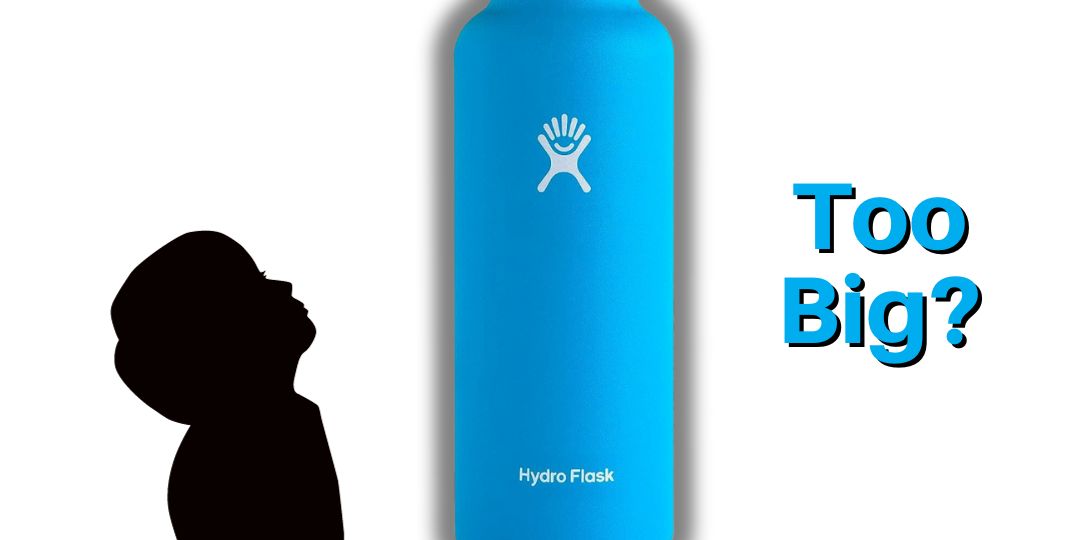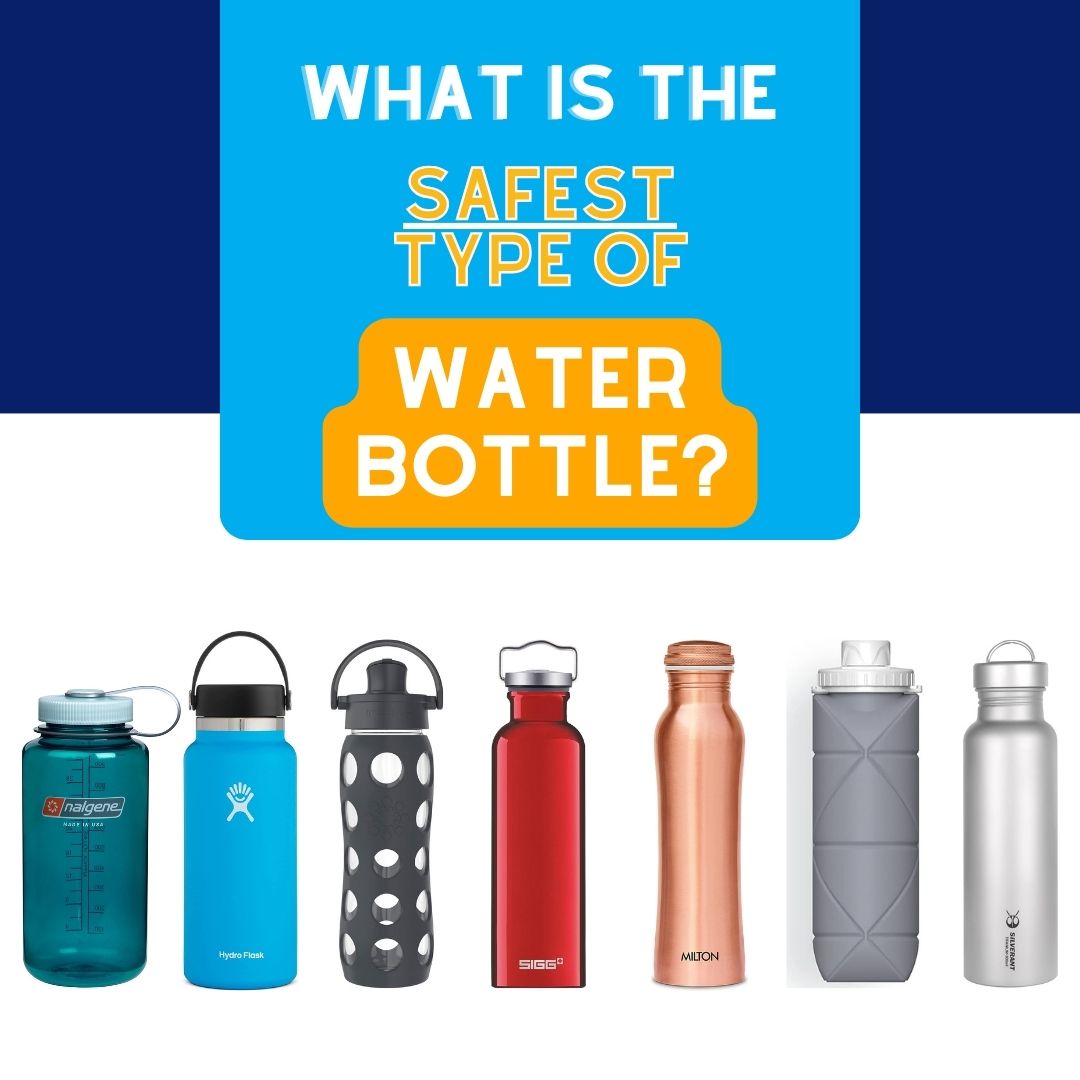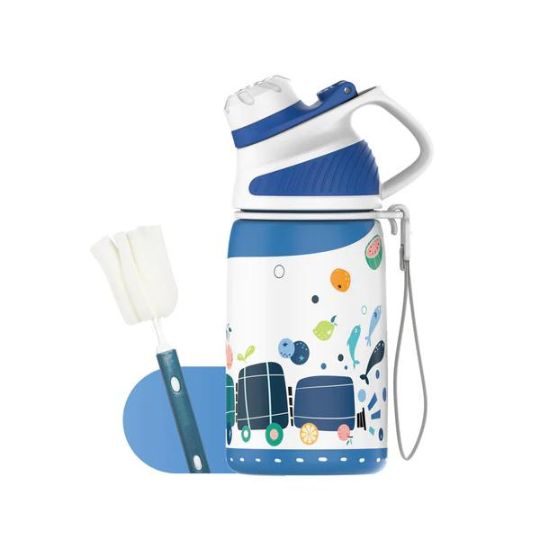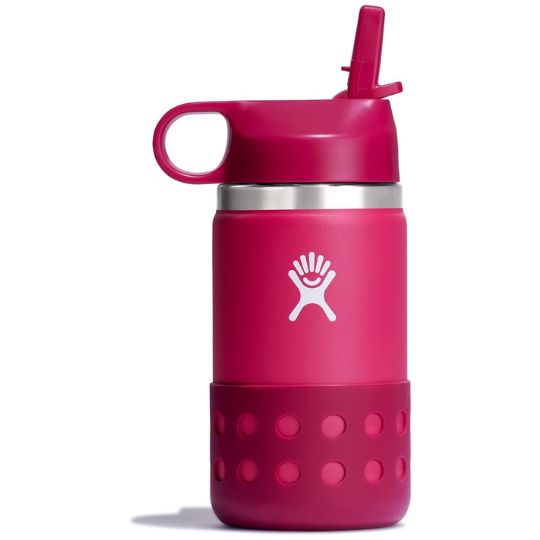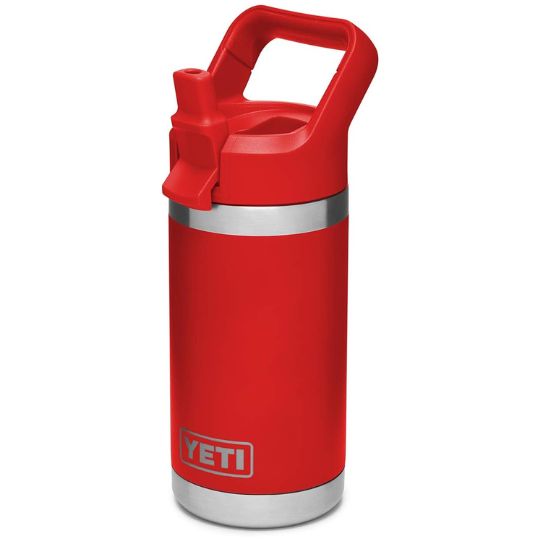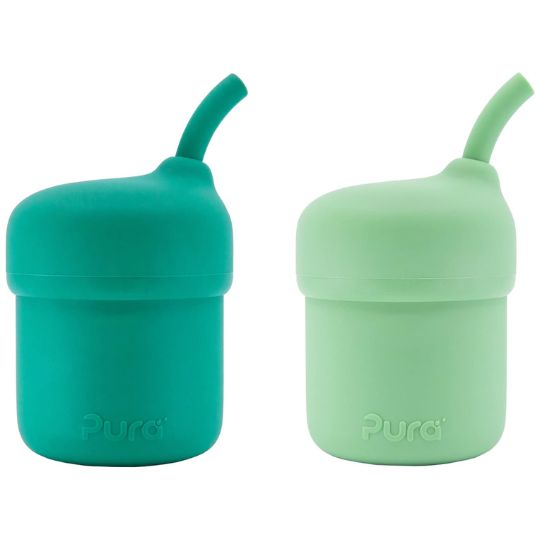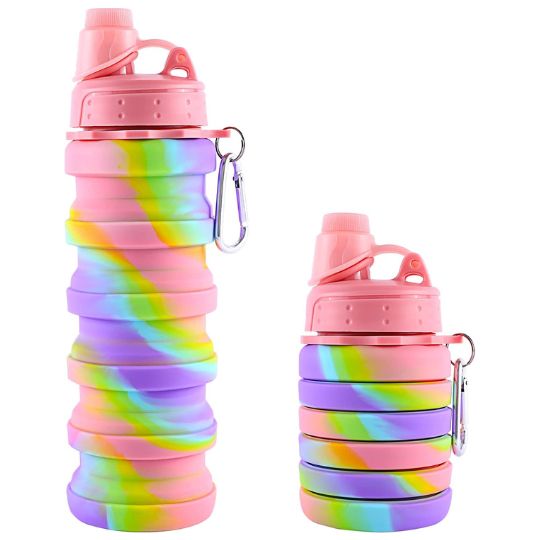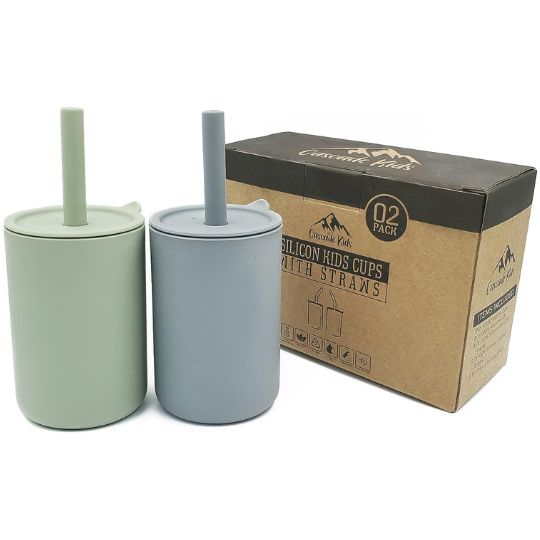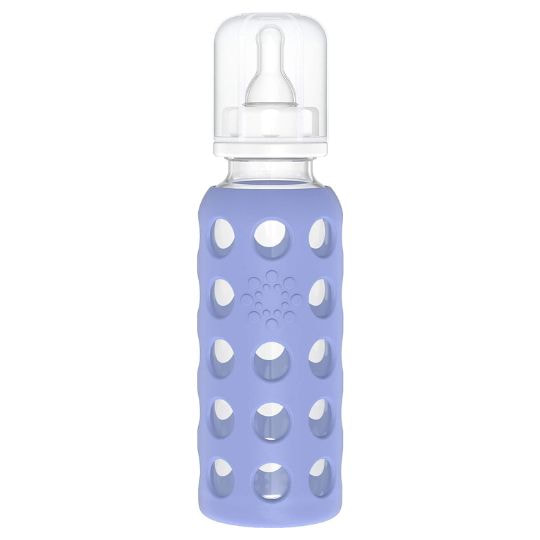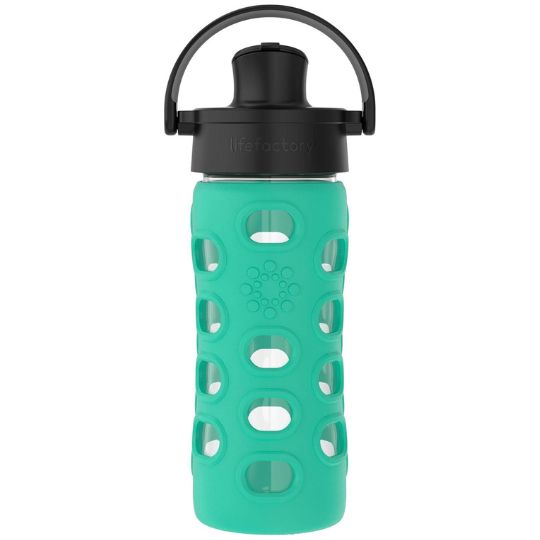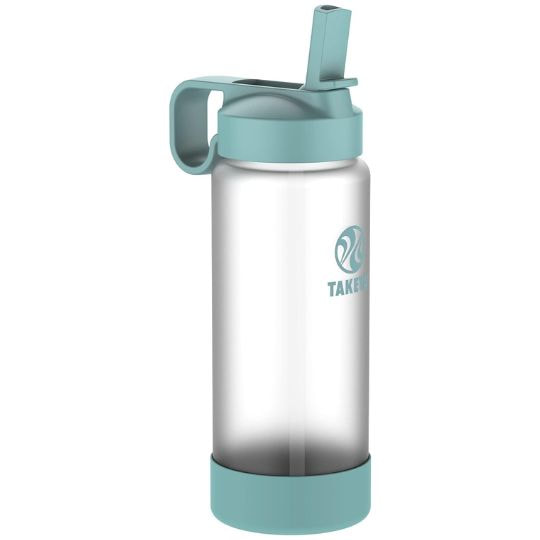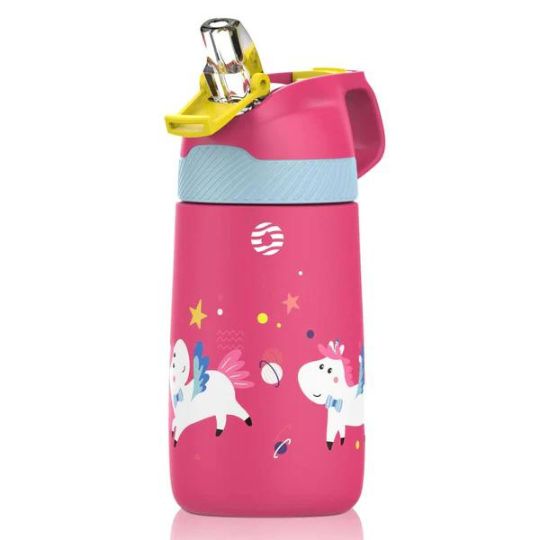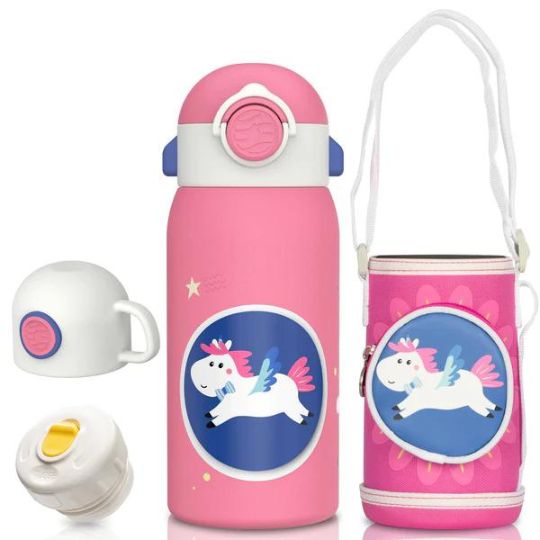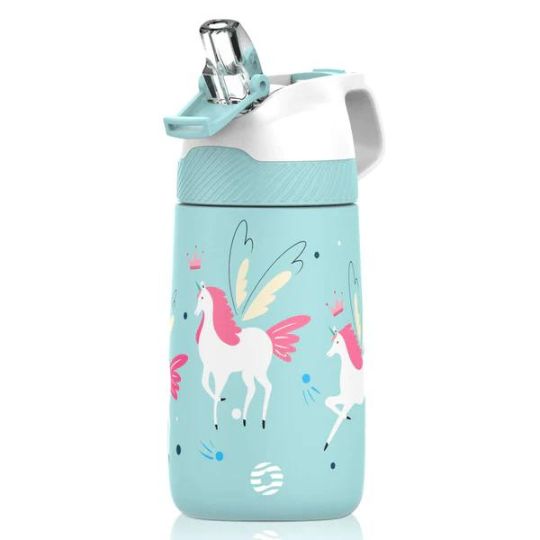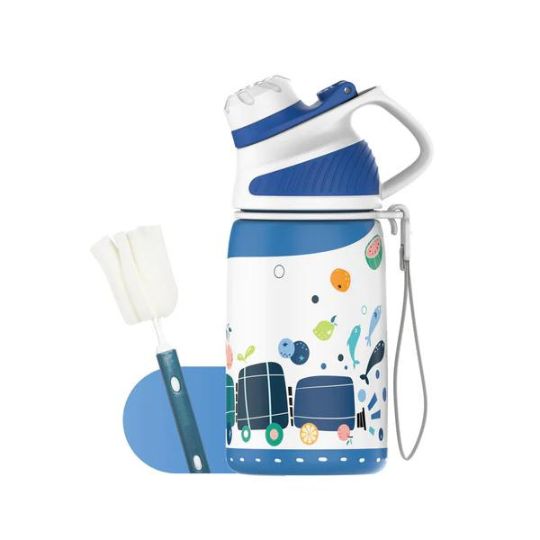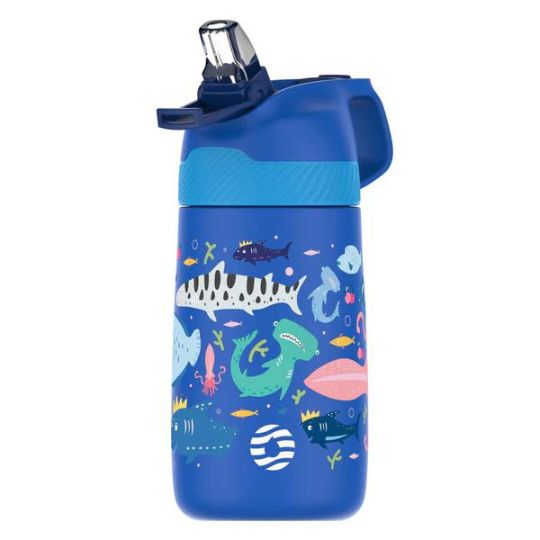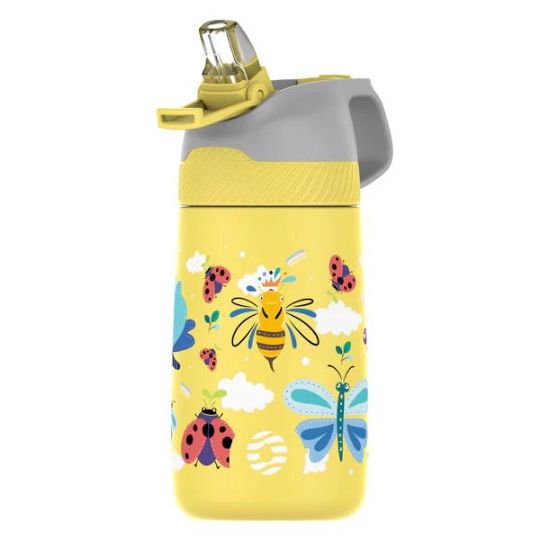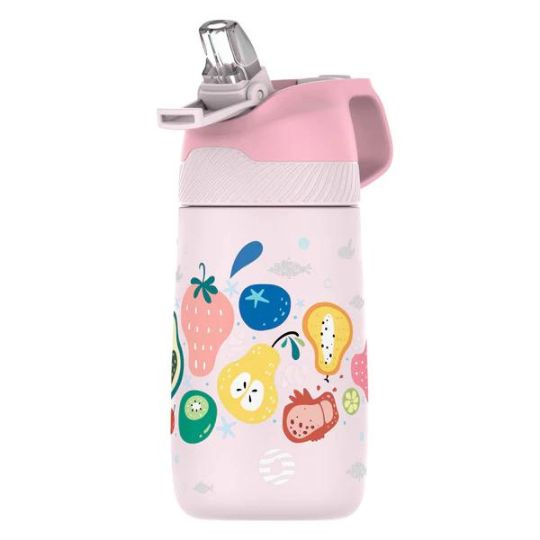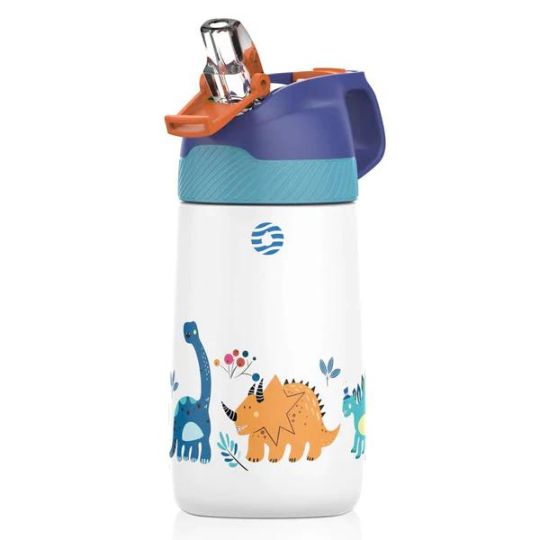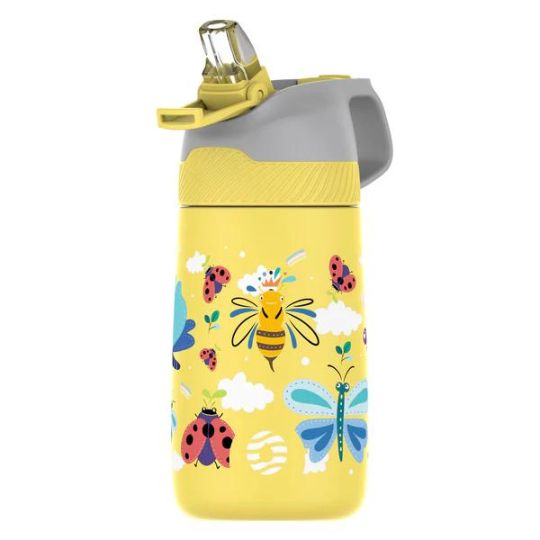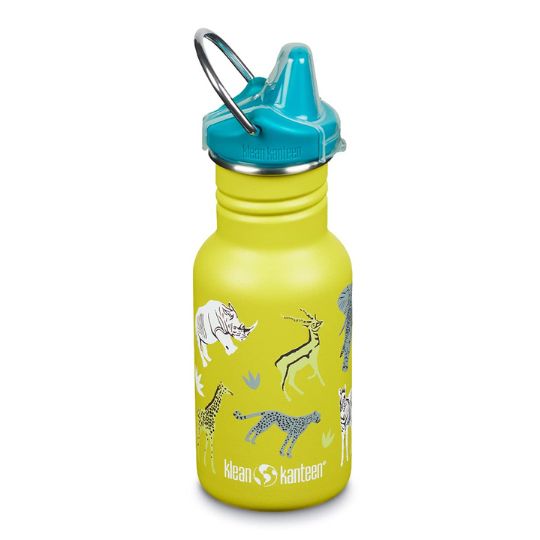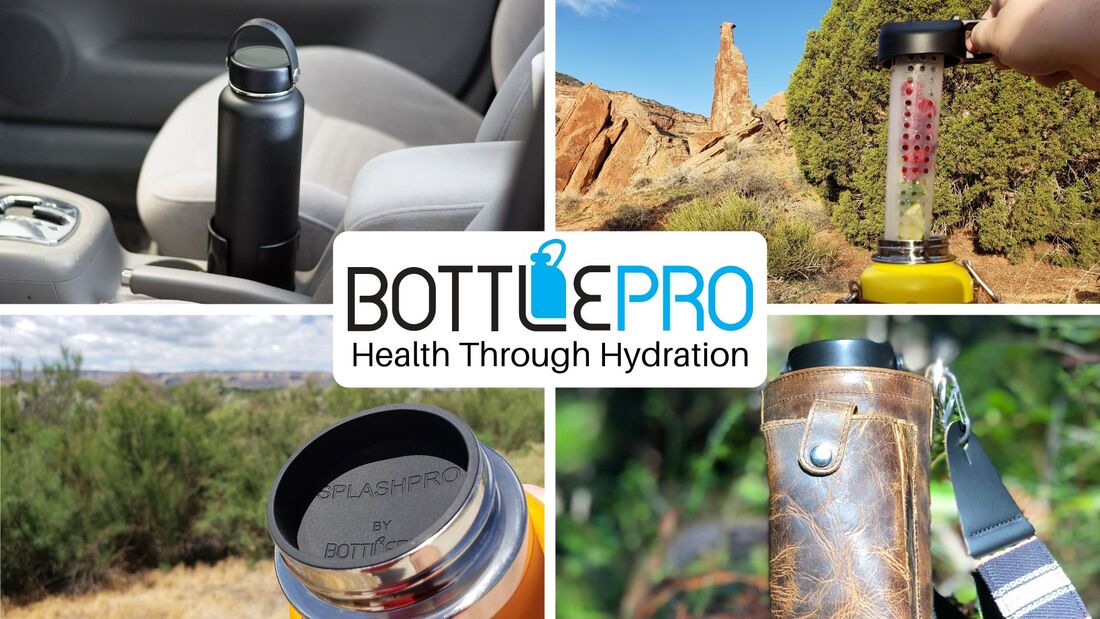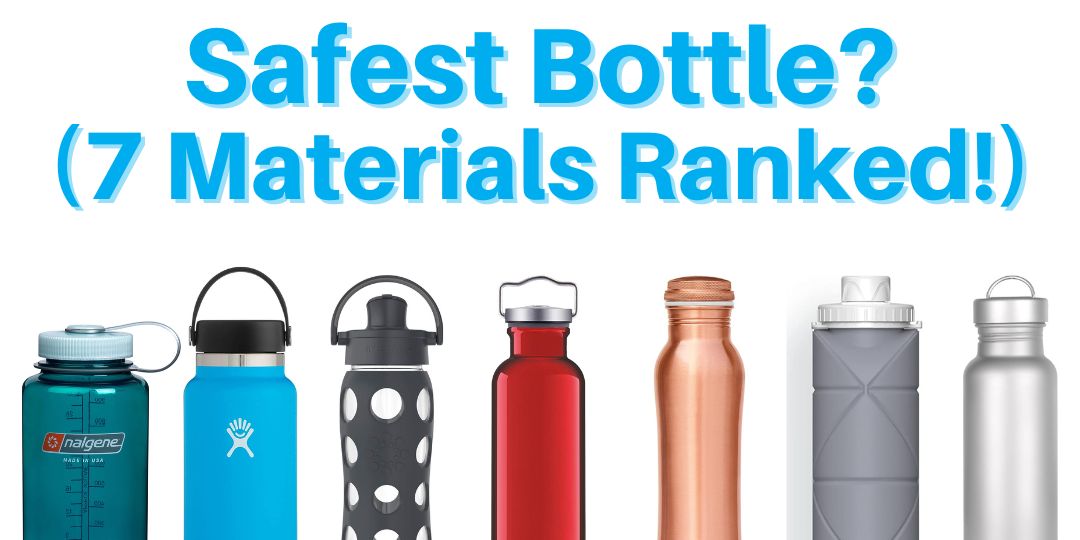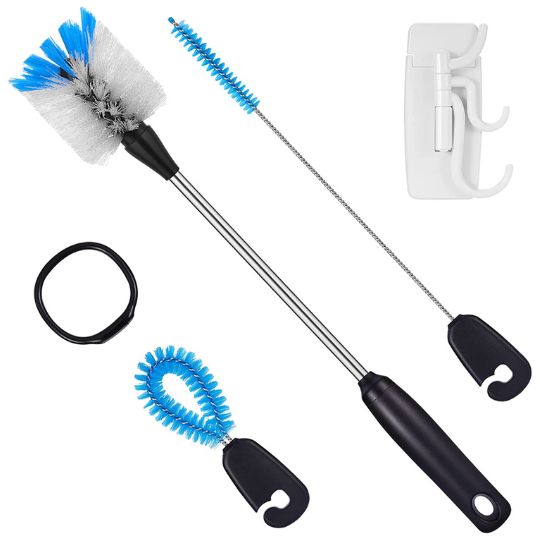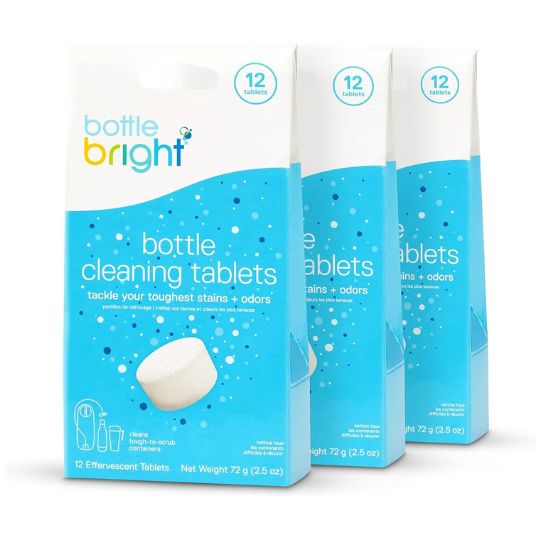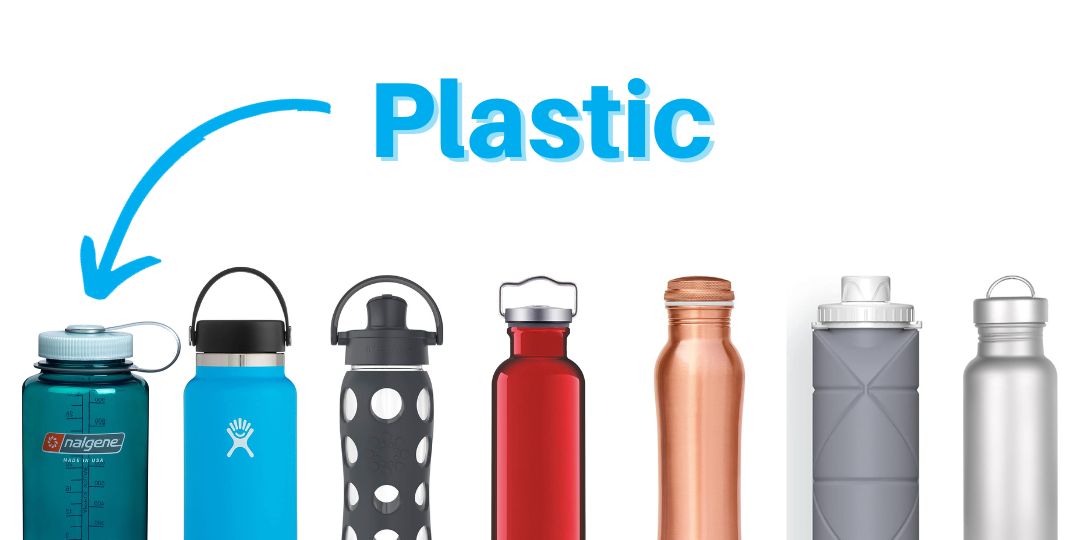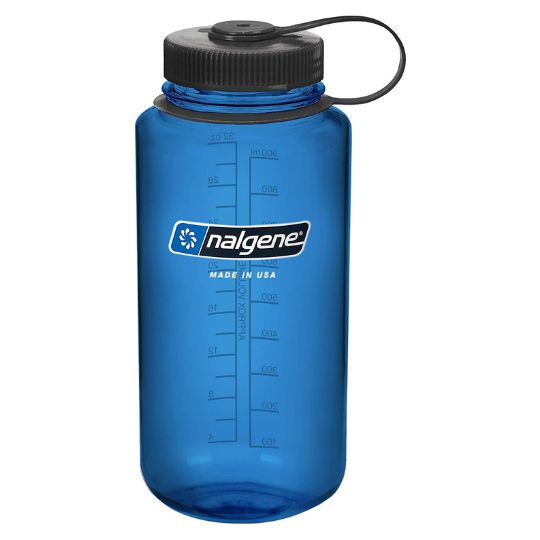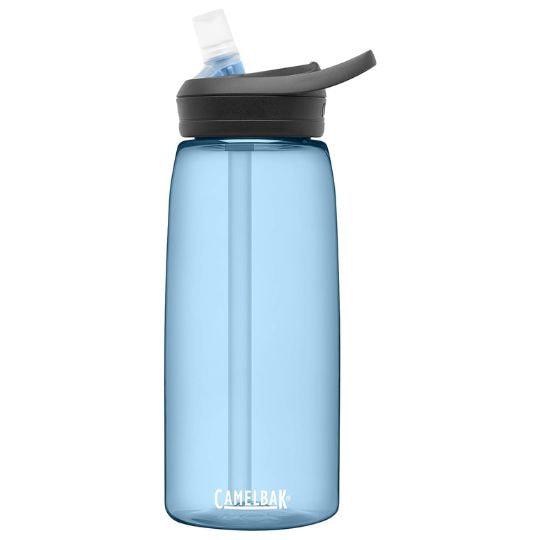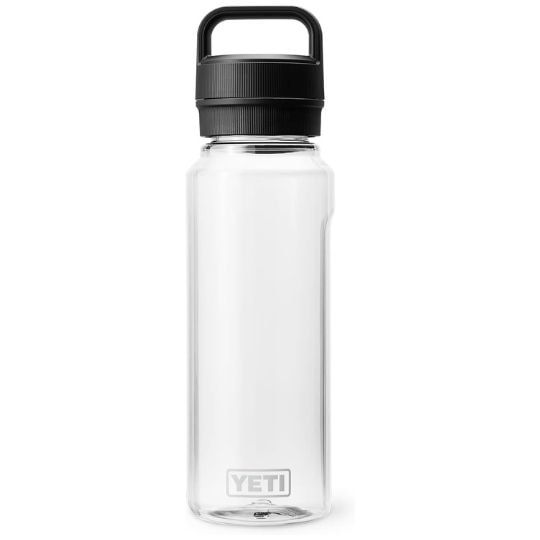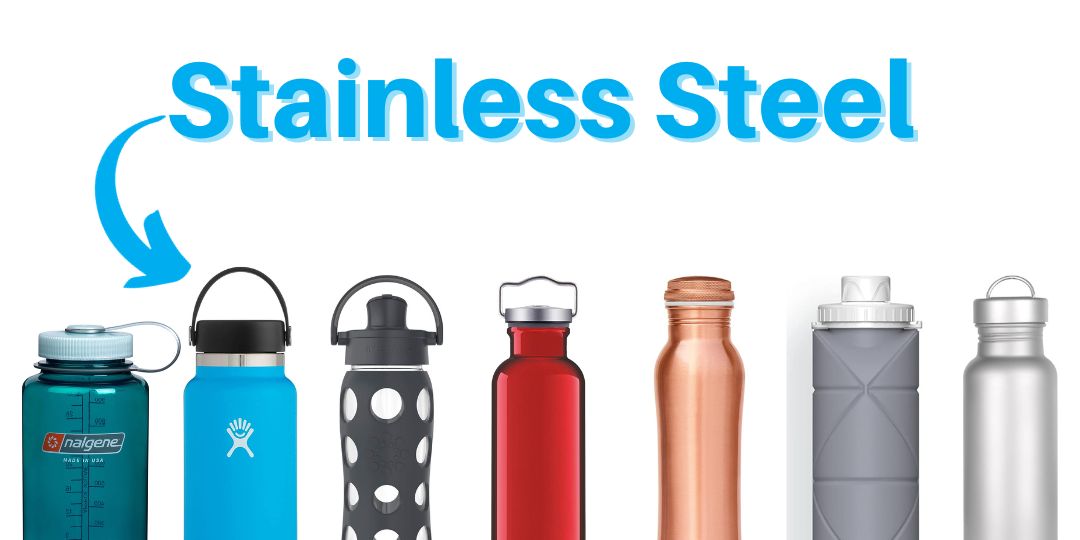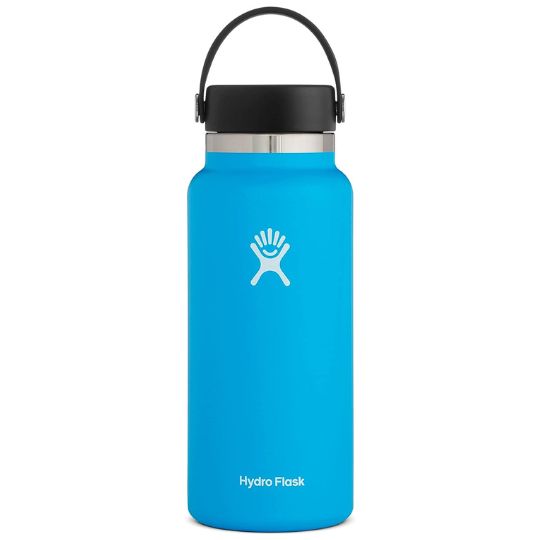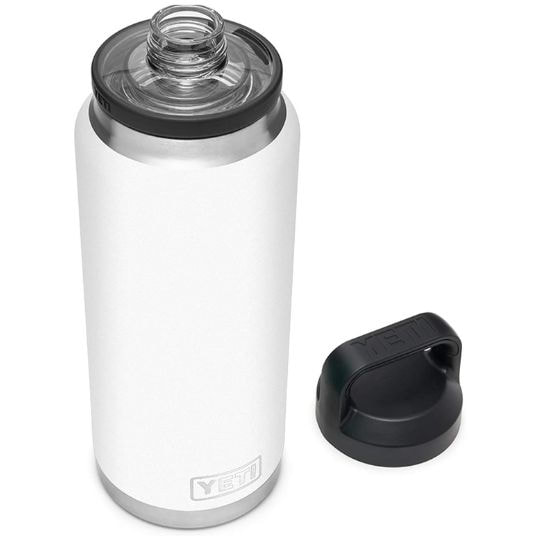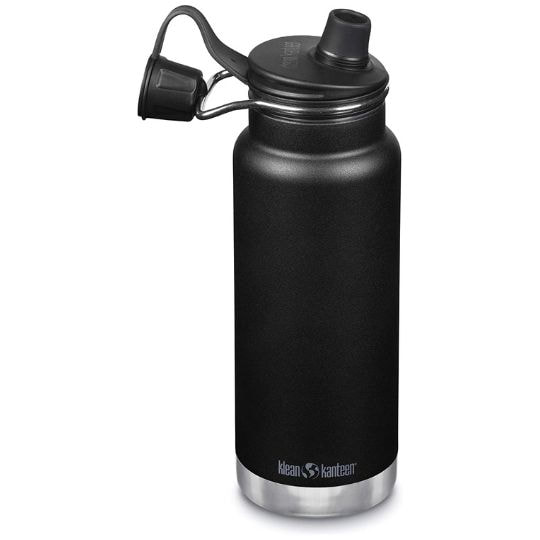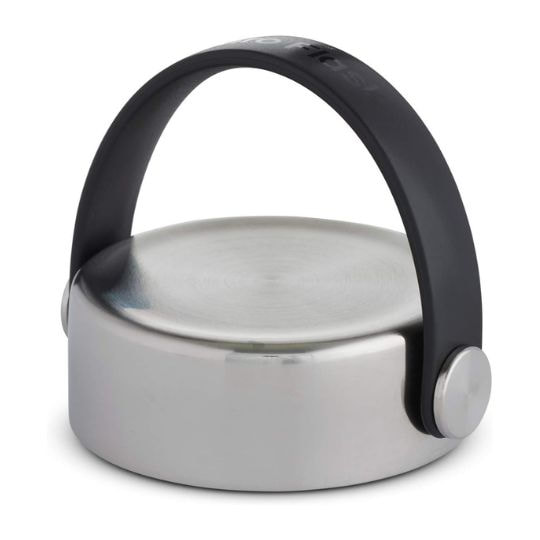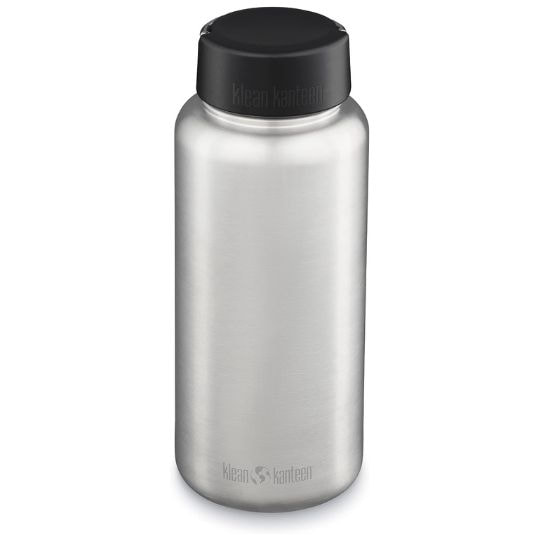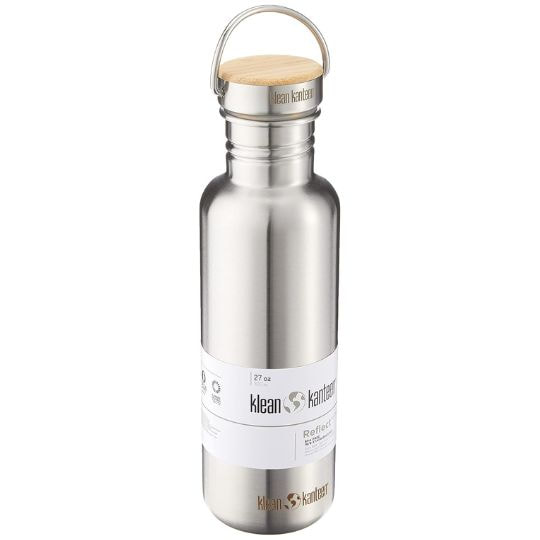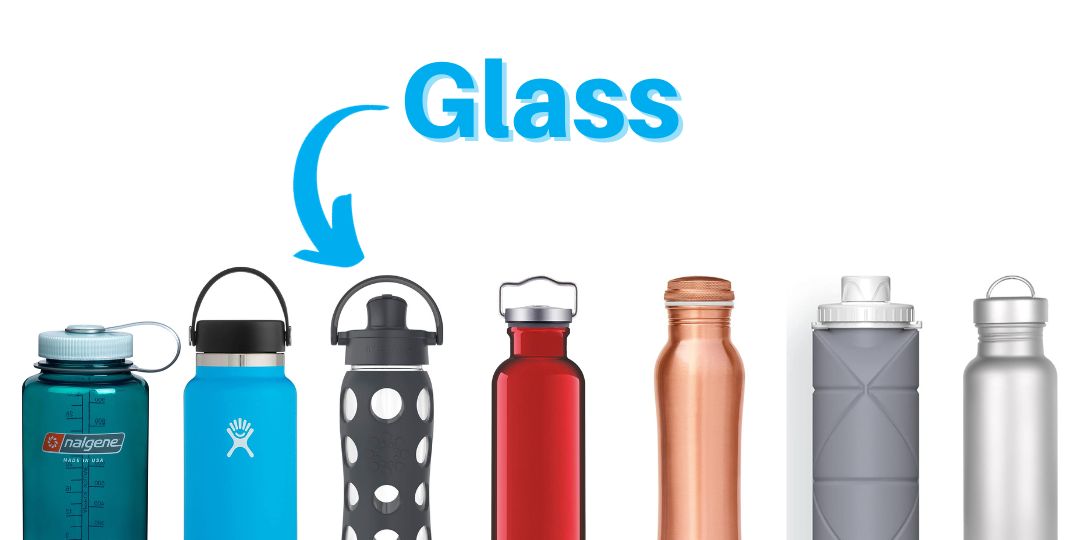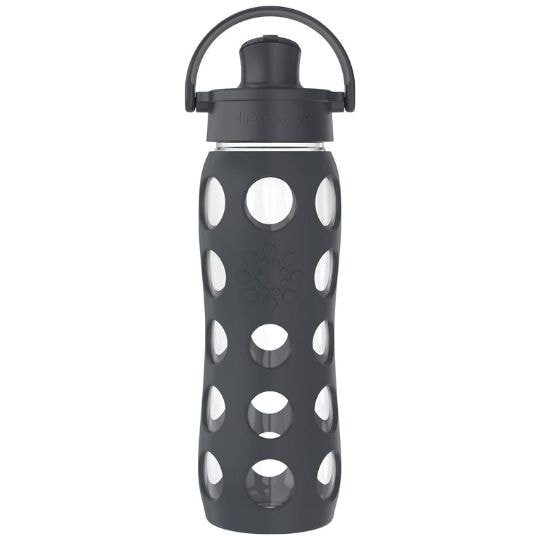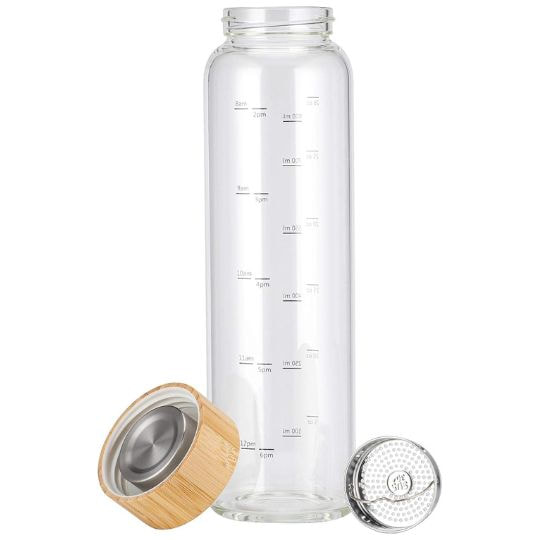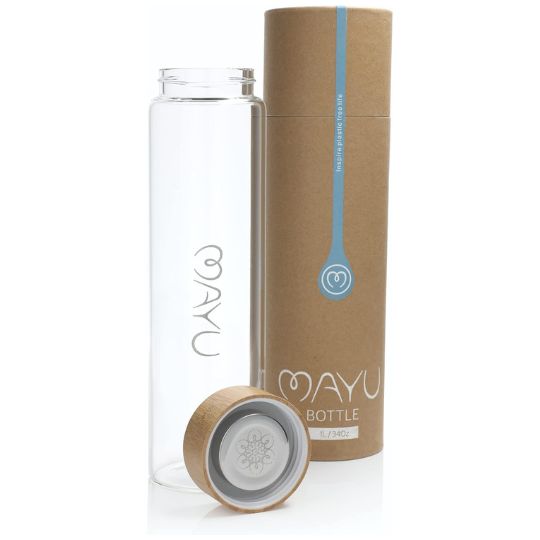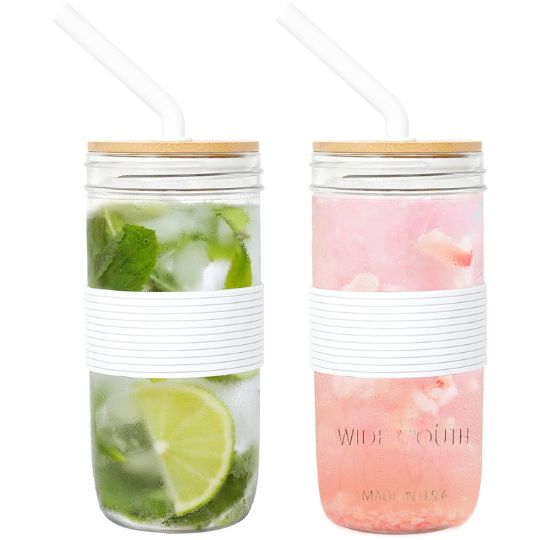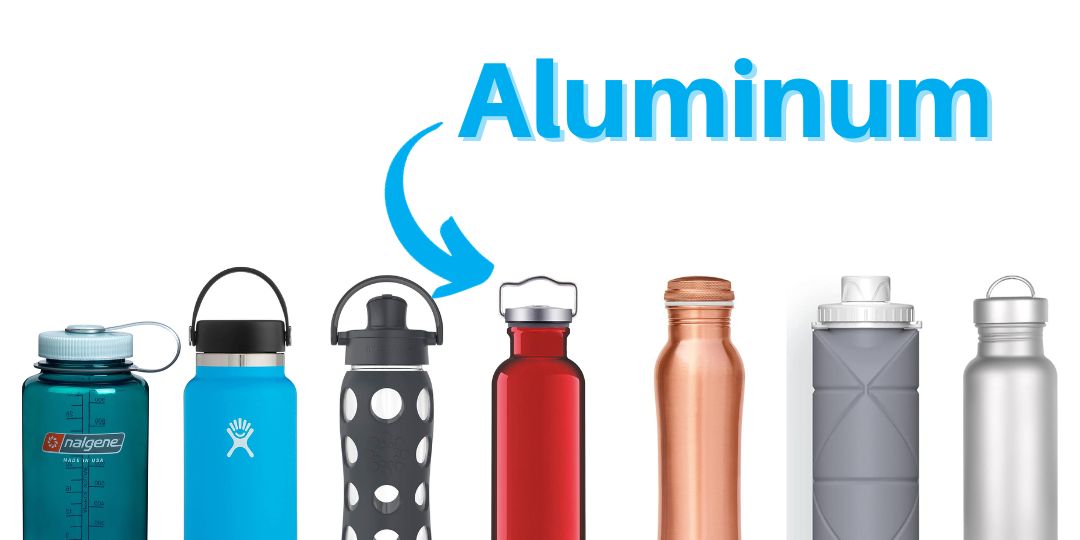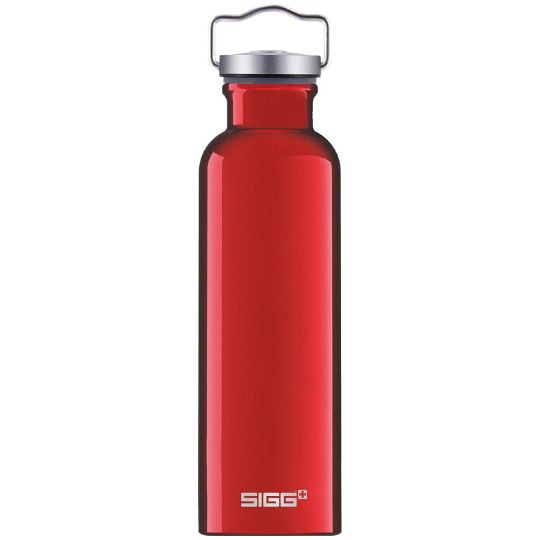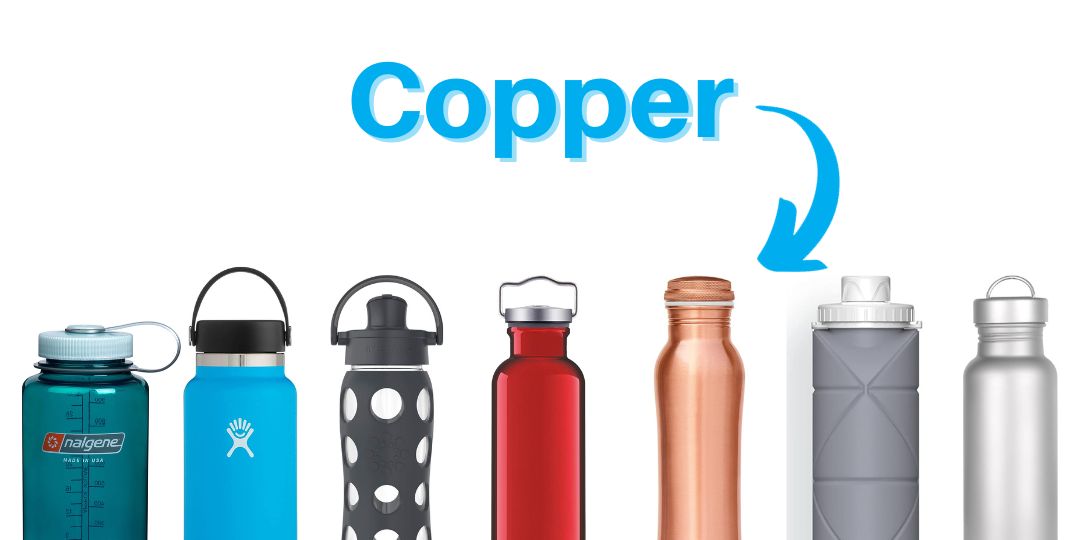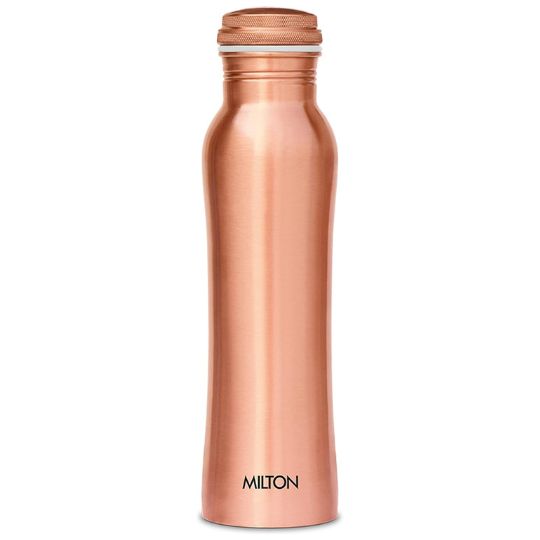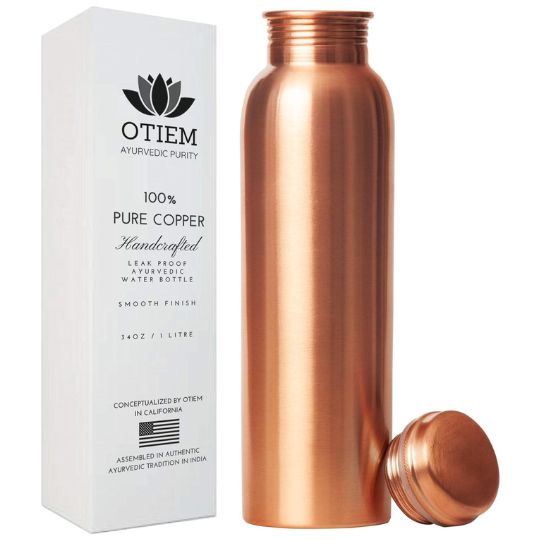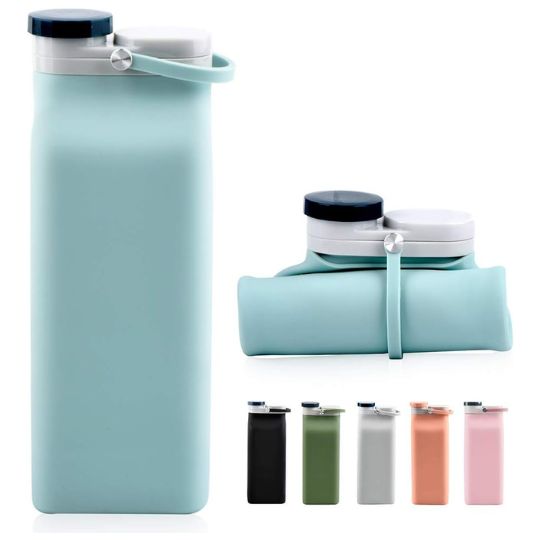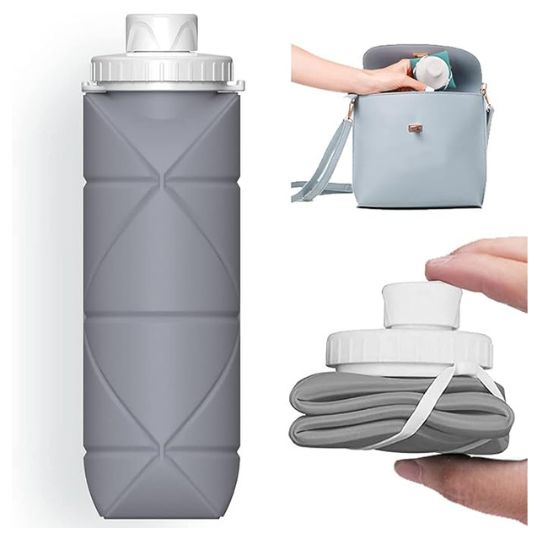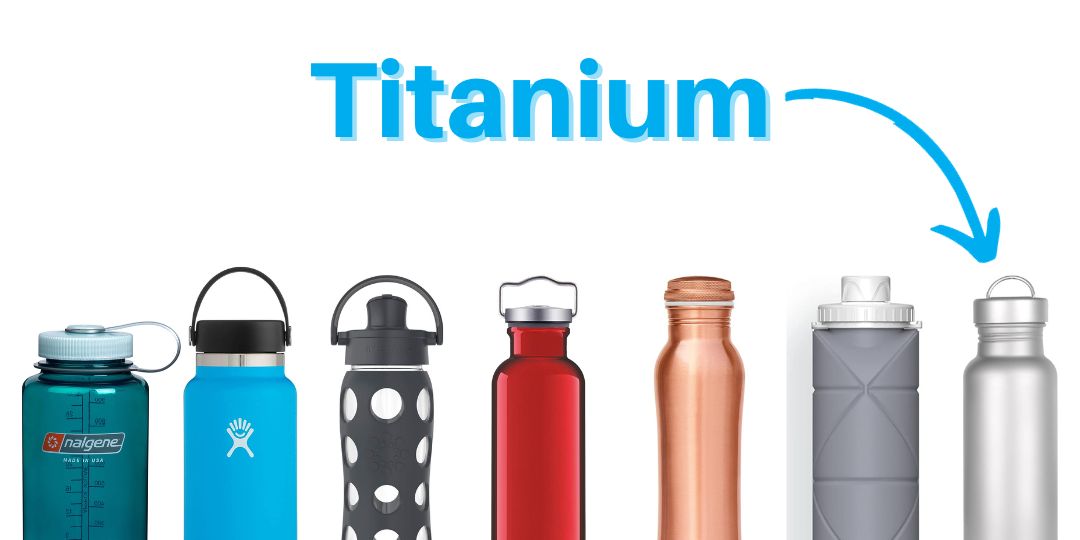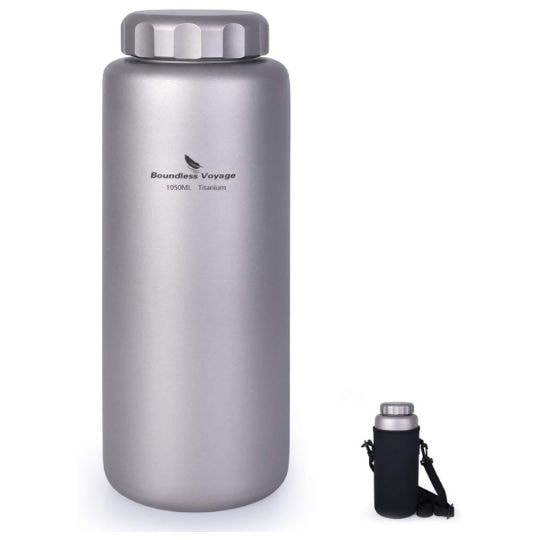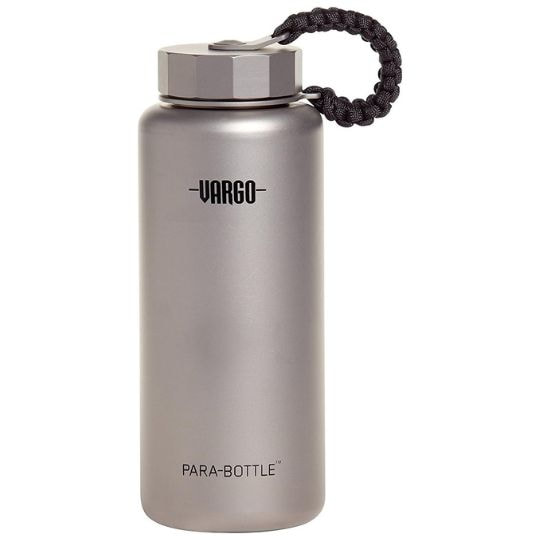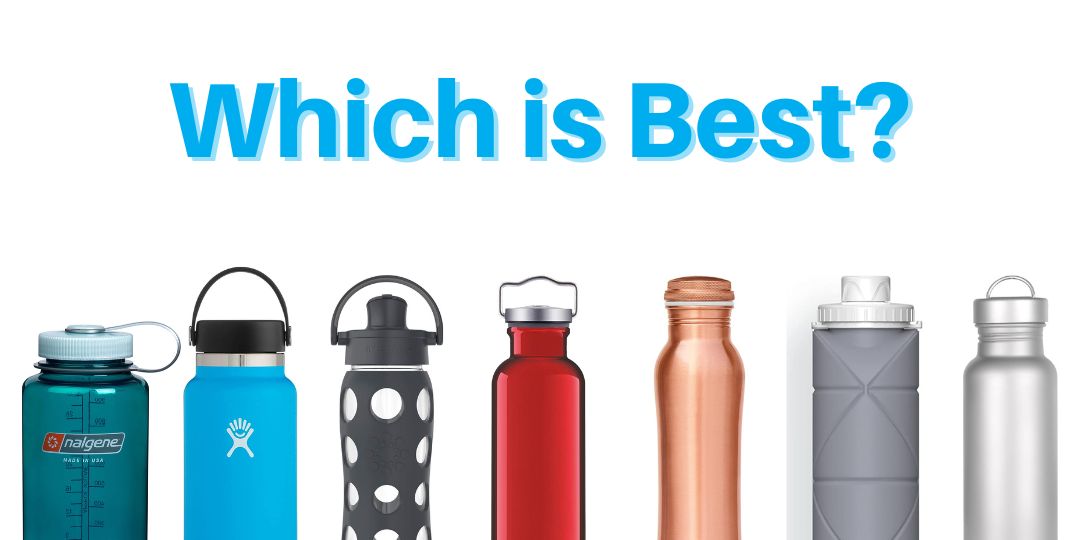Top 3 Questions to Ask before Buying a Water Bottle for your Child As a parent, you have a lot to think about when it comes to your child. In this post, we we'll talk through three important questions to consider before buying a bottle for your little one. And we’re glad you’re here. BottlePro is all about health through hydration, and teaching your child to use a reusable water bottle will have many benefits in the long run. Proper hydration habits are tied to better health, and avoiding single-use bottles will help your child’s future wallet as well as the environment that he or she is inheriting. So without further ado, let's get started! Question #1 - Is Your Water Bottle Safe?Moving on to question number one, is it safe? As with anything with your child, the first question you should ask is, will this be safe for my child to use every day. Normally the concern with bottles is about leaching, or whether chemicals or toxins seep from your bottle into your drink. Aside from that, there are physical hazards, which is particularly true with glass because it can break into sharp pieces.
The Safest Water Bottle Materials for ChildrenThe safest bottle materials that we recommend using for children are:
STAINLESS STEELAre Stainless Steel Bottles Safe for Kids? In many ways, stainless steel bottles are the best option for children. They’re widely shown to be safe, are easy to clean, and don’t have an inner liner like aluminum bottles. There are plenty of reputable brands with many different style to choose from, so you have plenty of options to pick what’s right for you and your child. And unlike glass, they won’t shatter and potentially create a physical hazard if your child drops the bottle. Stainless steel bottles typically come in one of four alloys or grades: 304, 316, 18/8 and 18/10. Any of these grades should be fine with normal use, but if you’re really looking for the best grade, consider buying a bottle made with 316 steel because it’s more corrosion resistant. Should You Avoid Stainless Steel Bottles for Kids? For the most part stainless steel bottles are a pretty proven and safe option, but there's one thing to keep in mind with many of them. Make sure you look at the lid construction. Many bottles that are made with stainless steel bodies still have exposed plastic under the lid that can come in contact with the water, so if your goal is to completely avoid plastic contact, keep this in mind. I’ll give some links in the description to bottles that I’m aware of that completely prevent plastic from contacting your water, and if anyone else knows of other options, please leave a comment below to let us and other viewers know. The Best Stainless Steel Bottles for Kids There is a lot of competition in the stainless steel water bottle market, so there are plenty of options to choose from. These are some of our favorites!
SILICONEAre Silicone Bottles Safe for Kids? For silicone, most research shows that it is very safe and a great alternative to plastic. It is BPA-free, extremely durable, lightweight, and flexible. Just make sure it says food-safe or food-grade. Pretty much every bottle with silicone will list this on the packaging, but it doesn’t hurt to check. And if you’re buying from a lesser-known brand, you could also reach out to the manufacturer for more testing info if you’d like to learn more. Pura is a brand we haven’t tested yet, but looking at their website, they are leaning heavily into silicone-based options and are a good one to check out. Should You Avoid Silicone Bottles for Kids? In my opinion, the biggest potential downside to silicone is what we don’t know. While research has mostly shown it to be safe, compared to some other materials like glass, silicone is still relatively new and it’s always possible that new research could bring up potential concerns. I wouldn’t blame you if you want to avoid silicone bottles for this reason, but keep in mind that most water bottles use some silicone, either in the seals, straw, or spout. It’s very hard to completely avoid silicone in water bottles nowadays. The Best Silicone Bottles for Kids The 100% silicone bottle market is relatively new, so there aren't nearly as many options to choose from compared to stainless steel. Many do not have great reviews, so we're waiting for this sub-genre to develop more. Still, here are a few worth considering for children of varying ages.
GLASSAre Glass Bottles Safe for Kids? Glass gives the cleanest drinking experience, and many people feel safest using glass because it’s a material that’s been in use for a long time and has a more natural feel to it. Many people prefer glass because they find that it doesn’t have an aftertaste that you might have with plastic, silicone, or stainless steel. And even though materials like BPA-free plastic and silicone are tested to be safe, glass is made with fewer additives and chemicals so many people feel safer that it helps avoid leaching of potentially harmful chemicals. Should You Avoid Glass Bottles for Kids? Now all that sounds great, but there is a big drawback. Glass is usually the heaviest bottle and can be extra bulky, so it may be more difficult for your child to manage than alternatives like plastic or stainless steel. And obviously, glass can also break and create a physical hazard with sharp edges. If you want to get a glass bottle for your child, make sure it has a protective sleeve and is made of borosilicate glass because it’ll less likely to shatter and is more temperature and shock resistant. You may want to avoid mason jars because most of them are not made of borosilicate glass. The Best Glass Bottles for Kids These are some of our favorite glass bottle options for kids within a few age ranges.
SPONSORFJbottle Real quick, I’d like to take a few moments to thank FJbottle for sponsoring this video. One thing they do well is clearly label what type of stainless steel is used in their bottles, and they have a mix of 304 and 316. With other brands, sometimes it can take more digging around online to know which grade it is, and higher-grade 316 stainless steel bottles can sometimes be hard to find. They sent us these bottles to help us have some content for this video, and we appreciate the different designs they’ve come up with. There are spout lids, straw lids with silicone tips, and quite a few different designs for whatever your kid is interested in. Each bottle comes with a cleaning brush and a straw cleaner if it’s a straw lid, so it’s easier to keep your bottle clean right from the start without having to buy a cleaning kit, though you eventually may want a more robust bottle cleaning brush. This one is a kid-size of the 34-ounce bottle that I used a lot over the last few months and honestly became one of my favorite bottles. It has a magnetic lid, a carrying strap on the side that I ended up using a lot more than I thought I would, and an anti-slip base that helps prevent a few dents and spills. Please note that they do have plastic under the lids, but the fact that they have 316 stainless steel options and silicone straw options tells me that they are very aware of material safety. We’re very thankful for their support, so we hope you’ll visit www.fjbottle.com to learn more! Question #2 - Which Bottles are Easiest for Children to Use?The next question you’ll want to ask yourself is whether the bottle will be easy for your child to use. What Size Water Bottle is Best for Children Pick a size that’s a good fit for your child depending on his or her age and ability. I’d recommend sticking to 16-ounces at most for younger kids because larger bottles like 20-ounce and especially 32 and 40-ounce would be too much to handle. Bottles can be pretty big and bulky, so look for features that make a bottle easier to carry like a carrying strap, pouch, or large handle. Are Straw or Spout Bottles Better for Children? To make it less likely to have spills, there are a few things to keep an eye out for. Straw lids are easier for many children to drink from, but they're also more prone to leaking, especially if you store a bottle on its side like in a backpack. So depending on your child's age, you may one one more than the other. Double-check the reviews since there’s almost always someone who will mention if it leaks easily. Question #3 - Will Your Child Like It?The third question you should ask is, will my child even want to use this bottle? Now for sure, buying a bottle that’s easy to use important to encourage regular use, but kids are all about style and sporting something that’s fits their interests. This is where having different styles really comes in handy. Is your kid into trains? Unicorns? Pink? Blue? Brands like FJbottle and Klean Kanteen have designs with different graphics and themes, while brands like Hydro Flask and YETI only have color variations. You know your kid better than anyone else, so get them a bottle that strikes a chord with what they’re interested in. That will help encourage them to keep their bottle with them and build on healthy hydration habits.
0 Comments
Update March 9, 2024: For more info about lead and Stanley bottles, see our more recent post here. What is the Safest Water Bottle Material?A common question that many people ask when buying a reusable water bottle is, will this bottle be safe to drink from every day? It's important to know that your bottles are safe for you and your family to use, so in this video, we are going to take a closer look at seven types of water bottle materials:
Our goal is to give you a better understanding of the available options on the market today so you can make the best decision for your situation. We'll review which ones are generally considered to be the safest, and which ones you may want to avoid. (Rankings are at the end) Don't Forget to Clean your Bottle RegularlyBefore we even talk about any water bottle materials, we need to talk about cleaning. Any bottle that isn’t cleaned regularly will eventually become unsafe to drink from due to bacteria buildup. In an ideal world, you should wash your bottle after every single use, but that’s not practical for a lot of people and situations. At the very least though, you should try wash your bottle thoroughly at least every 2-3 days if you use it each day . Using a brush kit like this one is really helpful to clean larger water bottles, especially narrow mouths. It’s also a good idea to give your bottle a deep clean every few weeks with a cleaning tablet, and I found that Bottle Bright’s tablets worked great to get stains out of my coffee bottle. We also recommend that you do not use bleach with your bottle. With some bottles, like 304 stainless steel, bleach can corrode the metal and cause damage. Just clean your bottle regularly with warm, soapy water and use a bottle cleaning tablet every week or two for a deeper clean and you’ll be good. Bottle Cleaning Products We Use Regularly LeachingThe main concern that usually comes up when talking about water bottle materials and health is leaching, which is when chemicals or toxins from the bottle seep into the drink. It’s the same process that created a widespread fear tomatoes in the 1700s when many people thought they were poisonous, as explained in more detail in this article by Reader's Digest. Of course the tomatoes themselves weren’t toxic, but the acid from the fruit would leach lead from the pewter plates and utensils, causing lead poisoning. More recently, BPAs have received most of the headlines, which leads us into our first material, plastic. Are Plastic Bottles Safe?Plastic is the most commonly used material today for water bottles for several reasons, including how it’s inexpensive, easily manufactured, and extremely durable. When it comes to concerns with reusable plastic bottles, you’ve no doubt heard about bisphenol A compounds, more commonly known as BPAs. These are widely used in industrial and consumer goods, but they have also been associated with adverse health effects in many studies. One of the primary concerns is that BPA can mimic the effects of estrogen on your body, which can lead to hormone imbalance, but there are other potential health concerns as well. To be clear, the risk is not completely known. Researching any kind of low-dose, long term exposure like with BPAs is difficult, and there is some uncertainty on how of a risk BPAs actually pose for most people. With over 17,000 scientific papers on PubMed as of 2023, there is understandably a mix of results. And in fact, many studies indicate that most BPA exposure is so small that it is not a significant risk for the majority of people. However, there is enough evidence and uncertainty that’s led to most public health agencies taking steps to reduce BPA use, especially in products intended to be used with infants. For example, in 2012, the EPA officially amended its regulations to no longer allow BPA use in baby bottles and sippy cups. Nalgene's History with BPAs
Are Plastic Water Bottles Safe Today? Given all these changes and public knowledge about BPAs today, you’d be hard-pressed to find a reusable plastic bottle on the market that isn’t BPA-free, but it doesn’t hurt to check. Just look on the product listing or on the packaging for the phrase “BPA-free.” And if you have an older plastic bottle that you’re not sure about, you might want to consider buying a replacement. In general, it’s a good idea to stick to Tritan bottles if you’re going with plastic. This type of material is really light, so it’s for hiking when you want to minimize how much weight you’re carrying. Nalgene and CamelBak have some tried-and-true bottles to choose from, and YETI recently released their Yonder series plastic bottle. Tritan Plastic Water Bottles We Use Are Stainless Steel Bottles Safe?The most popular alternative on the market today is stainless steel. This is easily the best option if you’re looking for an insulated bottle to keep your drink hot or cold since there are so many dual-wall vacuum insulated options available. Steel vs Stainless Steel Steel and stainless steel are not the same thing. Stainless steel has additives like chromium and nickel that help the alloy resist corrosion and rust better than regular carbon steel. But don’t be concerned if you see something online or talk to someone who references "steel" bottles because that’s just shorthand for stainless steel. If anyone reading this knows of a bottle that is made from non-stainless steel, also known as carbon steel, let me know because that’d be news to me and I’m guessing it’d involve some kind of wacky health claim that you probably shouldn’t trust. Grades of Stainless Steel in Water Bottles (304 vs 316 vs 18-8 vs 18-10) To go a step further down the steel rabbit hole, not all stainless steels are the same. The most common types you’ll see associated with water bottles are 304, 316, 18-8, and 18-10. I won’t get into the details here about these different grades, and honestly it can get a little confusing because there is some overlap between the classifications. You’ll most commonly see 304 or 18-8 listed in the product descriptions for stainless steel water bottles. Technically, 316 is better than 304 and 18-10 is better than 18-8 and, so if you’re really looking for the best-of-the-best, go with one of the higher grades. For example, 316 steel is more resistant to corrosion in salty environments, making it a better steel for marine construction projects that will be in and around salt water. But when it comes to water bottles for average consumers, it doesn’t make a practical difference which grade you go with. Any of these four stainless steel alloys are recognized as food-safe. Stainless Steel Bottles We Use Which Stainless Steel Bottles Avoid Plastic Under the Lid? Many people who want to avoid plastic contacting their water buy a stainless steel bottle and assume they are good, but the reality is that most water bottles still have exposed plastic under the lid that can come in contact with your drink. Don’t forget to check under the lid if you’re looking to have completely free plastic drinking. To my knowledge, all of YETI’s lids have plastic on the bottom. Hydro Flask’s standard lids have plastic on the bottom, but they sell a replacement lid with stainless steel. Klean Kanteen’s TKWide insulated bottles have plastic on the bottom of the lids, but I’ve included a link in the description to two of their bottle options that have stainless steel under the lid. Stainless Steel Bottles that Do Not Have Plastic Under the Lid Are Glass Bottles Safe?Glass is another good option to avoid plastic. It’s certainly been around longer than plastic or stainless steel, and it has more of a natural feel to it. Many people find that it doesn’t leave any kind of residual taste with some beverages that they experience with stainless steel or plastic. When it comes to a clean, natural material to drink from, it doesn’t get much better than using glass. Why You May Not Want to Use a Glass Bottle Safety with water bottles isn’t just related to what you ingest, and with glass, there is always a concern that it could break and create sharp edges. This is especially a concern for children. Glass is already pretty heavy and bulky, and it’s not hard to imagine a scenario where a child is running with a water bottle in his or her hand and trips. The natural reaction is to put your hands out in front to break your fall, and it could lead to some nasty cuts if the bottle breaks in your kid’s hands. It's worth noting that most glass bottles on the market are made with a specific type of glass called borosilicate. You may not have heard of this specific term before, but odds are that you’ve used this type of glass at some point. Pyrex is one of the most well-known borosilicate glass brands. This type of glass is more resistant to temperature changes and shock, so it’s less likely to crack or chip. In addition, many glass bottle brands manufacturers also sell their glass bottles with a protective silicone sleeve. So yes, this type of bottle is still more susceptible to breaking in a way that could be dangerous compared to plastic or stainless steel, but the combination of borosilicate glass and the silicone sleeve helps prevent this from happening in most situations. Popular Glass Water Bottles
Glass Bottles that Do Not Have Plastic Under the Lid If your main goal is to avoid plastic contact completely, then any plastic lid is still obviously a problem. Thankfully there are some other brands like Sunkey, Mayu, and Anotion that have stainless steel or silicone under their lids. Are Aluminum Bottles Safe?Aluminum is another common bottle material. It’s lighter and less expensive than stainless steel, but it’s not as durable and won’t insulate your drink as well as a dual-wall stainless-steel bottle would. You'll find aluminum is used in most single-use cans, like for soda and beer. The Liner Inside in Aluminum Cans One thing to be aware of is that aluminum reacts more with acidic liquids compared to other materials like stainless steel. For this reason, aluminum soda cans are made with a plastic liner, and that plastic liner often contains BPAs. Check out the short (51 second) video by Chemteacherphil that we've linked below because it does a really good job of showing this liner. Popular Aluminum Bottles
Are Copper Bottles Safe?Copper is a newer option that you can find on the market today, like this one from the brand Milton that was released in 2020. From what we’ve read, copper is a double-edged sword. On the good side, they look really cool, and there is some evidence that the copper can kill bacteria and microbes in water. Some brands list additional health claims, including how copper is “known for its anti-oxidant, brain-stimulator and immunity booster properties.” However, as far as I can tell, this is dubious at best and is not backed up by trusted sources. In fact, too much copper intake can lead to symptoms like nausea, dizziness, and abdominal pain. Why You Shouldn't Buy a Copper Water Bottle Take this paper Q&A sheet from the Washington State Department of Health. It discusses the negative effects of ingesting water that’s been in contact with copper for too long, mostly involving old copper pipes. They recommend running water in copper pipes for a minute before using it, and whenever possible, use cold water only because hot water dissolves more copper. To be fair, this paper is referring primarily to old copper pipes that are used in construction, and I wouldn't be surprised if the high-grade copper that is allegedly used in many water bottles today is safer, especially because it's easier for you to clean and maintain it. However, there are other similar options like stainless steel that are generally accepted to be safer, so in my opinion, why take the risk? When Is a Copper Bottle a Good Option? If you do not have access to clean drinking water, then a copper bottle may be a good option for you. This is only because the antibacterial properties may provide enough of a benefit to overcome the negative effects of ingesting copper. But if you have access to clean drinking water, then we generally recommend against using a copper bottle. Copper Bottles on Amazon If you're set on buying a copper bottle, here are a couple popular options on Amazon. Are Silicone Bottles Safe?Silicone is a material that’s become more and more popular with food-safe products. It’s been used for a long time as a component, like with o-rings and gaskets to keep bottles water-tight, and now we’re even seeing some all-silicone options come out. They have some unique benefits given that they’re typically collapsible and lightweight, making them fantastic options for traveling and hiking. Yes, there are some plastic options like Platypus like this, but for those who want something that’s collapsible without the plastic, silicone is really the only good alternative. Does the Silicone Pinch Test Work? Quick note about silicone. There are silicone types that are not food-safe, and it’s typically when fillers used do not have the same food-safe properties. You might also read about a “pinch test” to verify if the silicone is safe. The thought is that if you pinch silicone and it turns white, this indicates it has fillers that can be unsafe. However, this is not necessarily true, and the pinch test is more of a myth from what I have read. There are food-safe silicone products that turn white when pinched but that are still perfectly safe. When buying a silicone product, make sure it says it’s FDA-approved, food-grade, or food-safe silicone, and if you have any questions, reach out to the manufacturer. Does Silicone Contain BPAs, and is Silicone Safer than Plastic? No, silicone does not contain BPAs. This article does a great job at explaining more of the details and information about silicone and how it's different and generally considered to be safer than plastic. And the Canadian government writes that there are no known health hazards. In the most basic terms, silicone uses silica, aka sand, which is the same primary component as glass. This avoids some of the more problematic polymers and compounds found in plastics. Having said that, silicone is obviously very synthetic and is relatively new-to-market compared to an alternative like glass. For that reason, I wouldn't fault you if you chose to avoid an all-silicone bottle for now until more research is completed. Silicone Bottles on Amazon There aren’t too many all-silicone bottles on the market yet, but two of the more popular ones now that are worth taking a look at are E-Senior and Special Made. Are Titanium Bottles Safe?The last bottle material we’ll cover in this video is titanium. At first glance, this looks like one of the best options available. It’s extremely durable, more lightweight than stainless steel, and is corrosion-resistant. Because it is better than stainless steel in nearly every way including being almost 50% lighter, titanium is a fantastic option for hiking. Why Shouldn't you Buy a Titanium Bottle? But for all of that functionality, you can expect to pay a much higher price. The cheapest titanium bottle option we found is $80, and other options easily get up over triple digits. In short, titanium bottles appear to be one of, if not the, best material options available for water bottles, but they have a price point that reflects the premium nature of this material. One other downside worth mentioning is that there does not appear to be a dual-wall vacuum insulated option like you’ll find with so many stainless steel bottles. Some brands like Boundless try to spin this as a positive because you can put your bottle directly on a stove to boil water for cooking or to purify it, and for sure this is a benefit when camping or hiking long distances. But for most people, they just want a bottle that can hold ice for 4-8 hours, and I’m not sure a titanium bottle is a good option for that unless you get a thermal sleeve. Titanium Bottles On Amazon that We'd Love to Test Which Water Bottle Materials are the Safest?Yo sum things up, I like to think of safety with different water bottle materials in three tiers. Tier 3 - Avoid Copper At the bottom of the list is copper. It’s probably not a good idea to drink regularly from a container like this. You’ll pay quite a bit of money, and it doesn’t look like science backs up the health claims. Tier 2 - Probably OK, but there are some concerns Plastics (Tritan and Polypropylene) Aluminum Each of these materials are safe according to many studies and the manufacturers, but there are a few details that caused me to rank them a little lower, mainly because there are still some concerns about plastics in general and because aluminum bottles all seem to have an interior lining. Tier 1 - Safest Stainless Steel Silicone* Titanium Glass** And finally, the safest materials to use are stainless steel, silicone, titanium, and glass. From what I’ve read, these bottles all have consistent safety testing results, and you should feel safe and confident using any of them. *Silicone is newer and more closely related to plastic, so I wouldn't fault you if you wanted to avoid this type of bottle until more research is done. I almost ranked it in Tier 2 for that reason. **Glass would be at an even higher level if it weren’t for concerns with breakage and cutting yourself. But if you’re really looking for the cleanest, most natural drinking option, glass is probably the best material to go with. Buying a Large Bottle? Keep Us in Mind
Check out our Amazon store for fun and helpful accessories, like fruit infusers, cup holder adapters, and carrying slings.
|
Follow us for more hydration-focused updates!
Try searching for things like "infusers" or "Hydro Flask".
Categories
All
Archives
June 2024
Amazon Associates ProgramBottlePro is part of the Amazon Services LLC Associates Program. We strive to provide helpful information and product recommendations, and we receive a commission on purchases made after you click through our links.
|
PS Kreative, LLC, Licensed in North Carolina, USA (ID # 2514262), DBA "BottlePro"

